
As we delve deeper into the vast expanse of the universe, each discovery uncovers a new layer of complexity. These seven groundbreaking discoveries could potentially rewrite our understanding of physics and open up new realms of exploration.
1. Unveiling the Mystery of Dark Matter
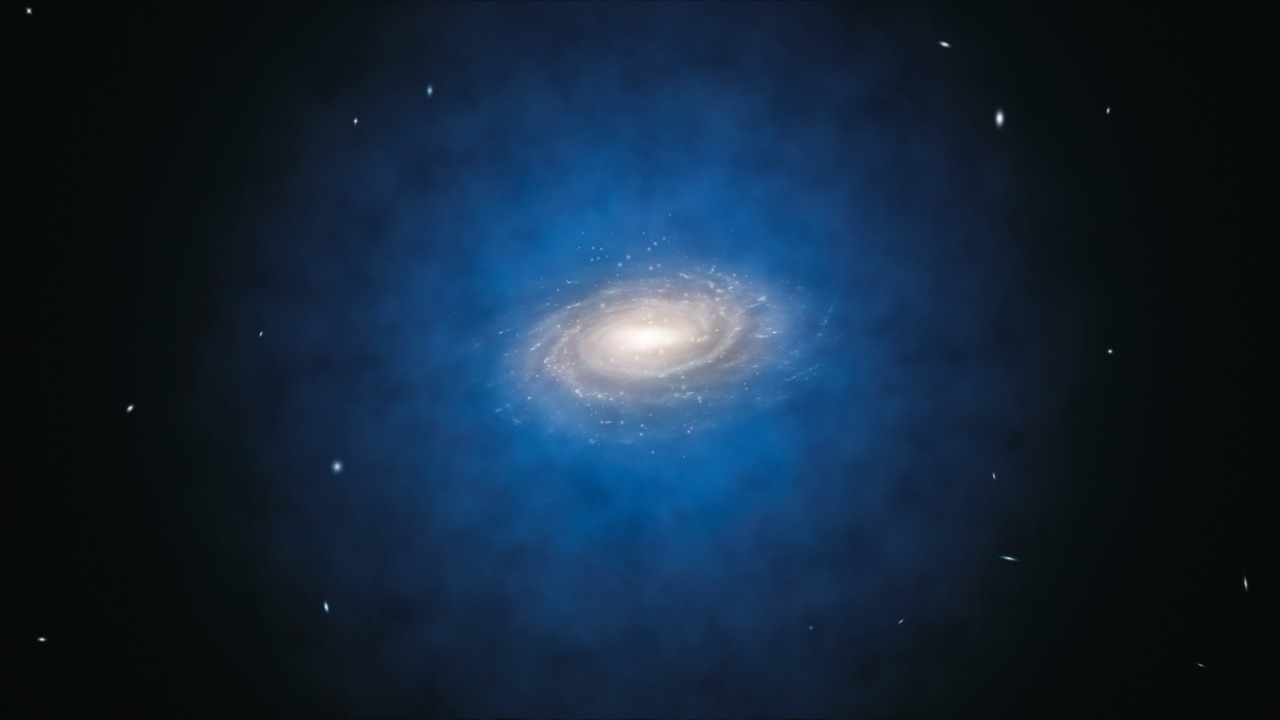
Dark matter, an elusive substance that makes up about 27% of the universe, continues to puzzle scientists. Detecting it directly has remained a challenge because it doesn’t interact with electromagnetic forces. However, its gravitational effects on galaxies and galaxy clusters provide evidence of its existence. Unraveling its nature could revolutionize our understanding of the universe’s structure and evolution.
Efforts to detect dark matter include the XENON1T experiment, which recently detected an unexplained signal that could be a hint of new physics.
2. Quantum Entanglement and Its Puzzling Consequences

Quantum entanglement, a phenomenon where particles become interconnected and affect one another instantly regardless of distance, challenges our conventional understanding of space and time. Its applications in quantum computing and cryptography could usher in a new era of technology.
Recent experiments, such as those at the Delft University of Technology, have confirmed this strange behavior, pushing the boundaries of what we thought was possible.
3. Unraveling the Enigma of Black Holes
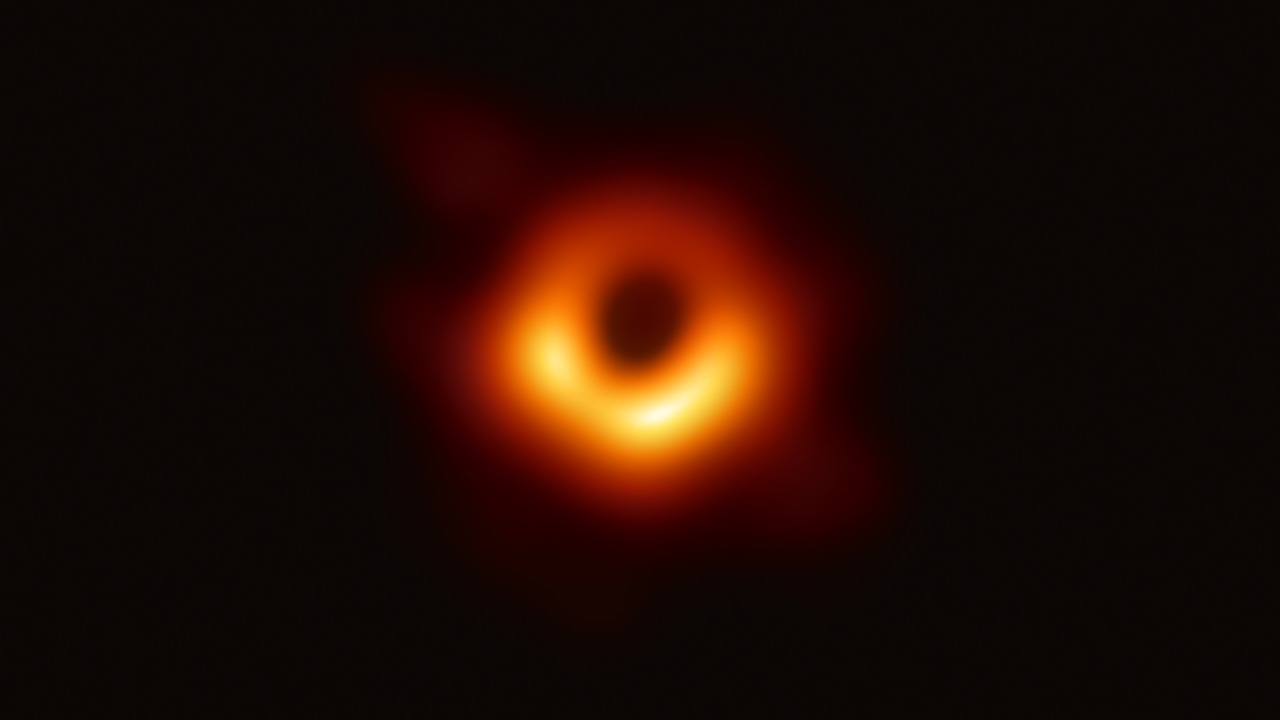
Black holes, regions of space where gravity is so strong that nothing can escape, are among the most fascinating objects in the universe. Their extreme conditions could hold the key to unifying general relativity and quantum mechanics, two seemingly incompatible theories in modern physics.
The recent capture of a black hole’s image by the Event Horizon Telescope collaboration has brought us one step closer to understanding these celestial mysteries.
4. The Elusive Search for Gravitational Waves
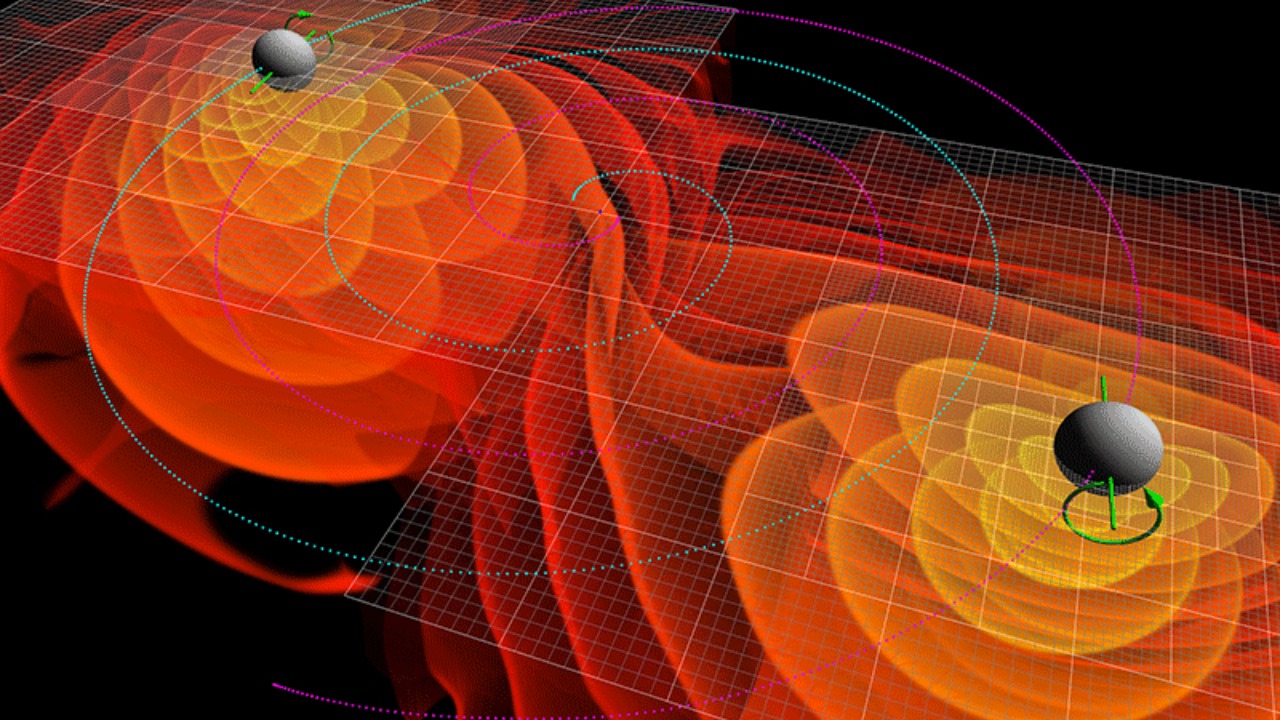
Gravitational waves, ripples in the fabric of spacetime caused by accelerating masses, are a direct prediction of Einstein’s General Theory of Relativity. Detecting these waves would confirm this theory and open up a new way to study the universe.
The groundbreaking detection by LIGO (Laser Interferometer Gravitational-Wave Observatory) in 2015 marked the beginning of gravitational wave astronomy and has already led to several significant discoveries.
5. The Enigma of Neutrino Oscillations

Neutrinos are elusive particles that barely interact with matter and can change ‘flavors’ as they travel. Understanding this ‘oscillation’ process could shed light on why the universe contains more matter than antimatter, a question fundamental to our existence.
The discovery of neutrino oscillations, which was awarded the Nobel Prize in Physics in 2015, has profound implications for particle physics and cosmology.
6. The Possibility of a Fifth Fundamental Force
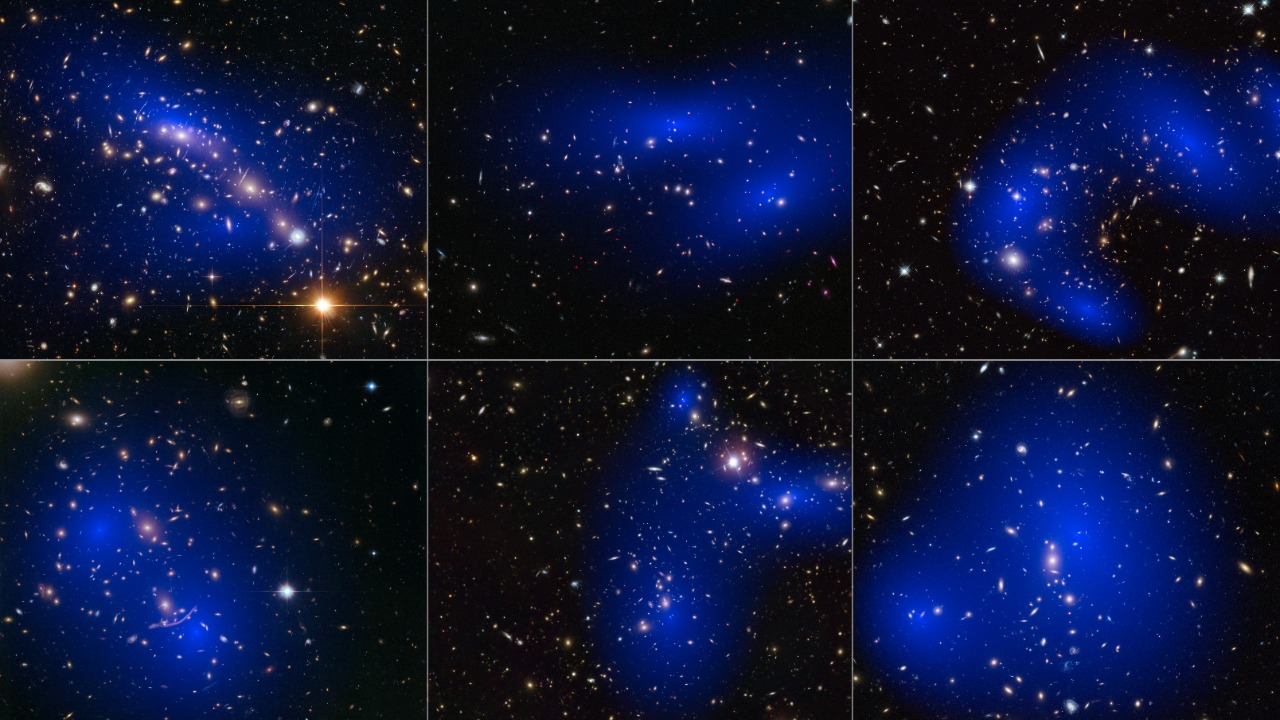
Beyond gravity, electromagnetism, and the strong and weak nuclear forces, some physicists speculate that a fifth fundamental force might exist. This hypothetical force could help to explain dark matter and other unresolved mysteries in physics.
Experiments at the Hungarian Academy of Sciences have hinted at this possibility, but more research is needed to confirm these exciting results.
7. The Intriguing Concept of Multiverse Theory
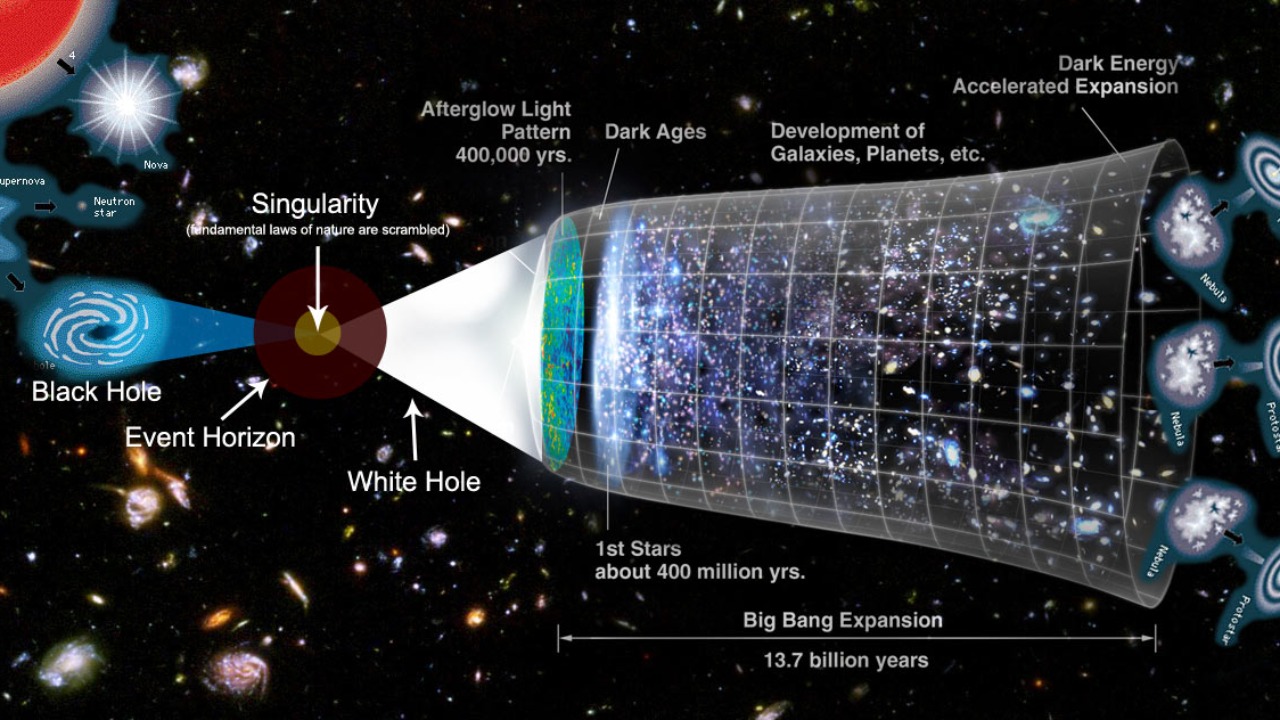
The multiverse theory posits that our universe may be just one of a vast number of universes. If proven, it could redefine our understanding of reality and our place in it.
While still highly speculative, this theory has gained momentum in recent years due to its potential to explain a range of phenomena, from the fine-tuning of physical constants to the origin of the universe.